Rain today - it must be an ‘administrative day.’ ‘Admin. Day?’ Yeah, we need time to live our lives too, along with all the touring and exploring. And, rain certainly makes us think that we want to stay inside and get some inside things done.
I worked on bookkeeping, cleaning, my blog and I wrote some e-mails that I’ll be able to send later when we get wi-fi, and I even sat down and read a bit of my current book. Gary worked on some RV maintenance and he ever got to sit at his desk and try to work on his scanning. He’s been saving magazine articles
We watched the family walk in the rain: the two young boys walked through the puddles while the adults walked around them.
In the middle of the day, it stopped a bit and we walked to the VC where we looked at the history of the park. I was intrigued by the effect of fashion upon the bird populations in the park at the turn of the century. This was when women had large hats with feathers in them - and the feathers came from birds like the egret, the great blue heron, the terns, flamingos and others. By 1900 plume hunters were killing millions of birds each year and over 83,000 Americans were employed making women’s hats. In 1902 one London auction house sold 48,240 ounces of heron plumes, representing 192,960 birds killed and two or three times that number of young birds left to die in their nests. Bird populations were rapidly declining and many species would soon face extinction.
Finally in 1896 Mrs. Augustus Hemenway and her cousin Miss Minna Hall decided to put a stop to the slaughter of birds for hats. They persuaded the most prestigious women in Boston to boycott the bird industry and organized a meeting of the most prominent Bostonians - voila!! the Audubon Society. The goal was to protect birds, launch national conservation awareness and their movement continues today.
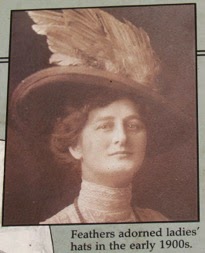
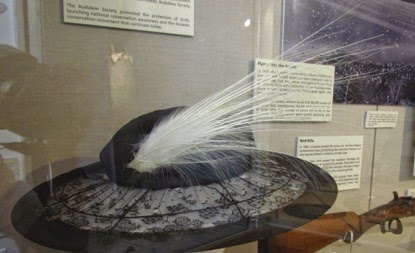
Florida passed a number of laws between 1877 and 1901 to protect its birds and in 1902 the Audubon Society paid the salaries of Florida’s first game wardens, Guy Bradley (whose name is on the trail we walk every day from our campground to the VC) and Columbus McLeod. But it was a dangerous job. Both of these men took their job seriously and confronted poachers when they found them. Unfortunately they both paid the ultimate price - Bradley was killed in 1905 and Warden McLeod was killed in 1908.
In spite of game wardens and the Audubon Society, it was ultimately the change in hair styles that ended the use of feathers in hats. By 1913, hair styles didn’t support plume hats and the killing of birds for fashion ended.
On our way back to the RV, we noticed this sign stuck on a large plastic box holding a number of tarps and bungee cords.
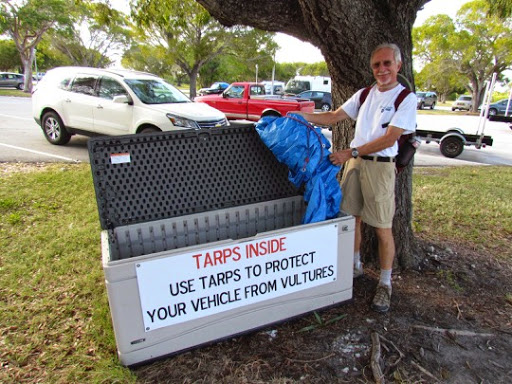
I guess they are having a problem with the vultures pecking at the rubber around car windows. The rangers told us that the vultures go after the newer cars.
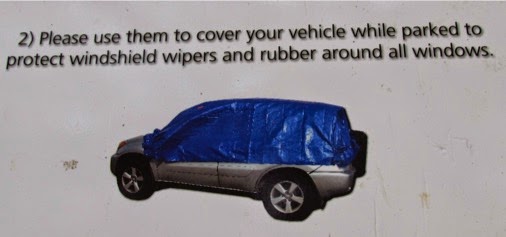
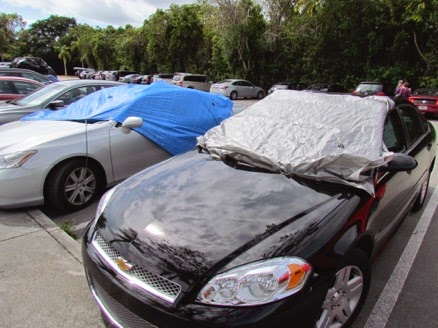
The problem exists throughout the park. So, how do you explain this damage to your insurance agent? ‘The birds ate my car?’ ‘My car was pecked to death?’
We walked back to the campground and took a detour to walk around a small pond.
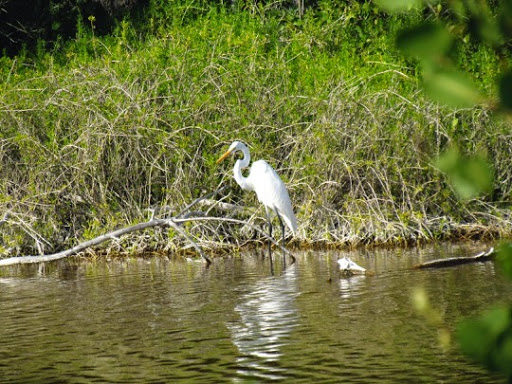
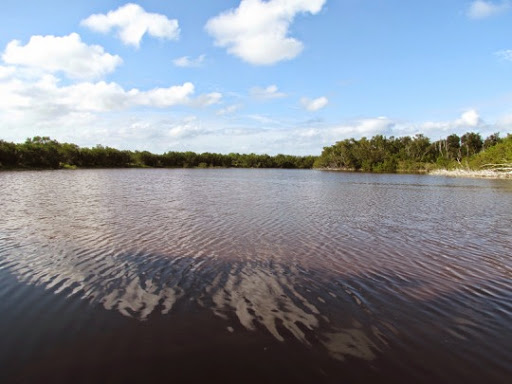
At one point we stepped off the trail to see the area beyond the brush around the pond.
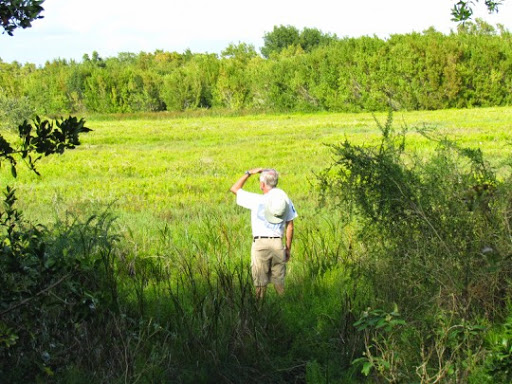
By the way, although the campground is called Flamingo there are really no flamingos in the area. Oh, maybe one or two but very few. They really are birds of Cuba and other places further south.
Obviously the sun had come out so I took the opportunity to take a picture of our RV in the sun.


No comments:
Post a Comment